 |
 |
|


|
设计名称 |
基于UGAutoCAD的摩托车发动机相关零部件的设计[UG三维] |
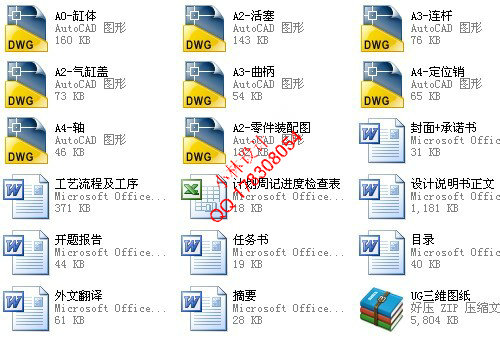 |
|
设计编号 |
V146 | |
|
设计软件 |
AutoCAD, Word | |
|
包含内容 |
见右侧图片 | |
|
说明字数 |
16000字 | |
|
图纸数量 |
见右侧图片 | |
|
推荐指数 |
较高 | |
|
价格: |
价格优惠中 | |
|
整理日期 |
2013.9.26 | |
|
整理人 |
小林 | |
|
购买流程 |
<查看如何购买本站设计> |
|
设计简介 |
设计描述:
文档包括:
CAD版本图纸,共8张
毕 业 设 计论 文 任 务 书 软件工具。其设计思想足够灵活地支持多种离散方案。AutoCAD用于二维绘图、详细绘制、设计文档和基本三维
设计,现已经成为国际上广为流行的绘图工具。 ,它直接影响着摩托车的运行状况。发动机是一种能够把其它形式的能转化为另一种能的机器,通常是把化学 能转化为机械能。发动机既适用于动力发生装置,也可指包括动力装置的整个机器。
件进行运动分析。
摘 要
也越来越激烈,所以对发动机的研究具有重要的科学意义。本文的设计方法采用常规手段与微机辅助相结合。 托车发动机的缸体、连杆、活塞等零部件进行设计与三维建模。缸体的设计主要内容包括气缸体的结构设计、 材料的选择和参数设计,缸体是发动机零部件中重要的零部件,所以在本文中还对缸体进行加工工艺规程进行 设计从而确定加工工艺路线。连杆的设计的主要内容是连杆的结构、连杆承受的载荷和连杆的位移等。活塞设 计的主要内容是活塞的材料的选择、主要参数和活塞的运动分析。本文还利用UG软件完成了对缸体、活塞、连 杆等零部件的三维建模以及零部件之间的装配,并且完成了零部件三维向二维工程图的转换以及对装配图进行 运动仿真分析。 关键词:摩托车发动机;UG;三维建模;运动仿真 Abstract The engine is the "heart" of the machine, it is the most important part of the machine. With the fast development of science and technology, the competition is also more and more fierce among countries, so it has important scientific significance for engine research. The design method of
this paper has combined conventional means and computer-aided. foreign information and understood the structure and working principle of the engine. This paper focuses on the design and 3D modeling of motorcycle engine cylinder block, connecting rod, piston and other parts. The design of cylinder mainly includes cylinder block structural design, materials selection and parameter design, the cylinder is the important parts of the engine parts, so this article has completed the design of cylinder planning process in order to determine route. The design of connecting rod mainly includes the structure of the connecting rod, bear the load and connecting rod displacement. The design of piston mainly includes piston material selection, analysis of the main parameters and the movement of the piston. This paper also uses UG software to complete the three-dimensional modeling of cylinder, piston, connecting rod and assemble of parts. Then this paper has completed the conversion of parts of the three- dimensional to two-dimensional drawings and motion simulation analysis for assemble. Key words: motorcycle engine; UG; three-dimensional modeling; motion simulation
目 录 |
|
部分图纸 截图 |
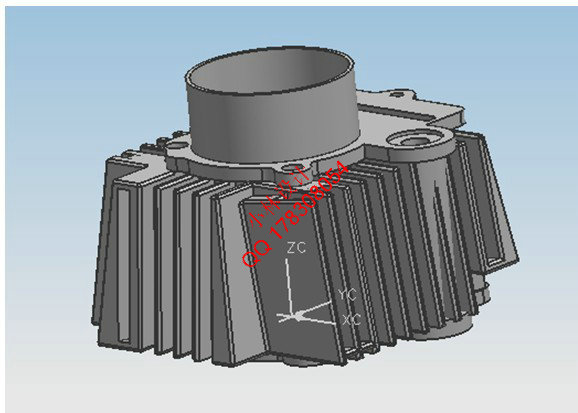 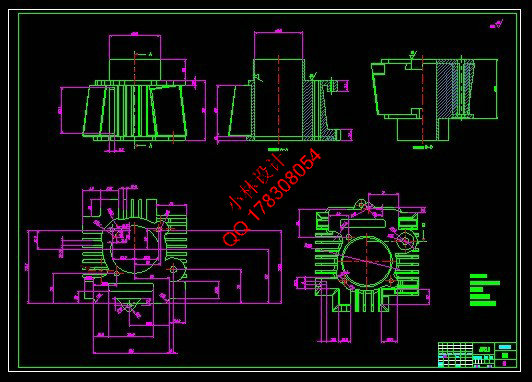 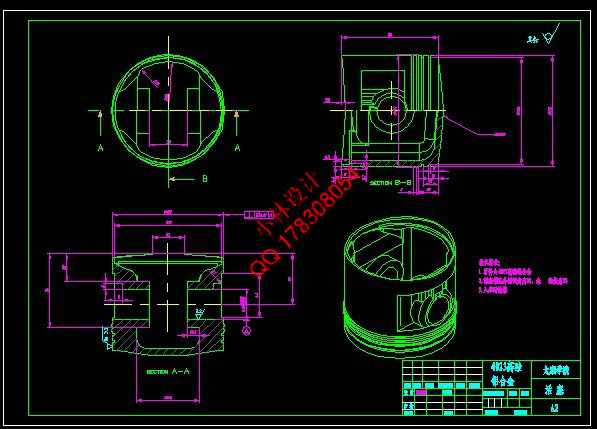 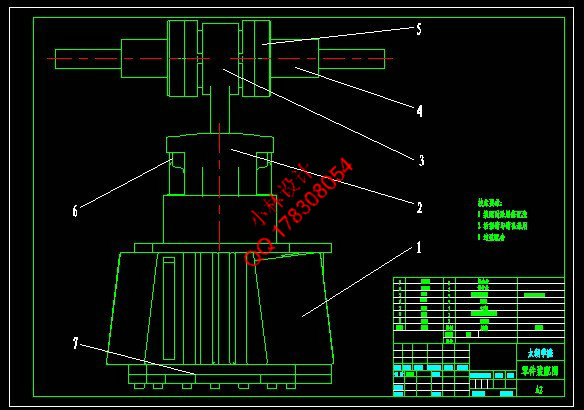 |
|
说明: |
如需了解本设计的具体详细信息请联系本站客服,说明看哪个设计(编号)哪个详细部分,我们将远程或截图给您观看. 机械毕业设计|论文 |

| [要求PR≥2,百度收录≥1000页;联系QQ:178308054] |
Powered by 小林机械资料商城 © 2013-2020 All Rights Reserved. 客服QQ:178308054
喜欢www.xiaolinbysj.com,请告诉你QQ上的5位好友,多谢您的支持! 皖ICP备2021006205号-1
